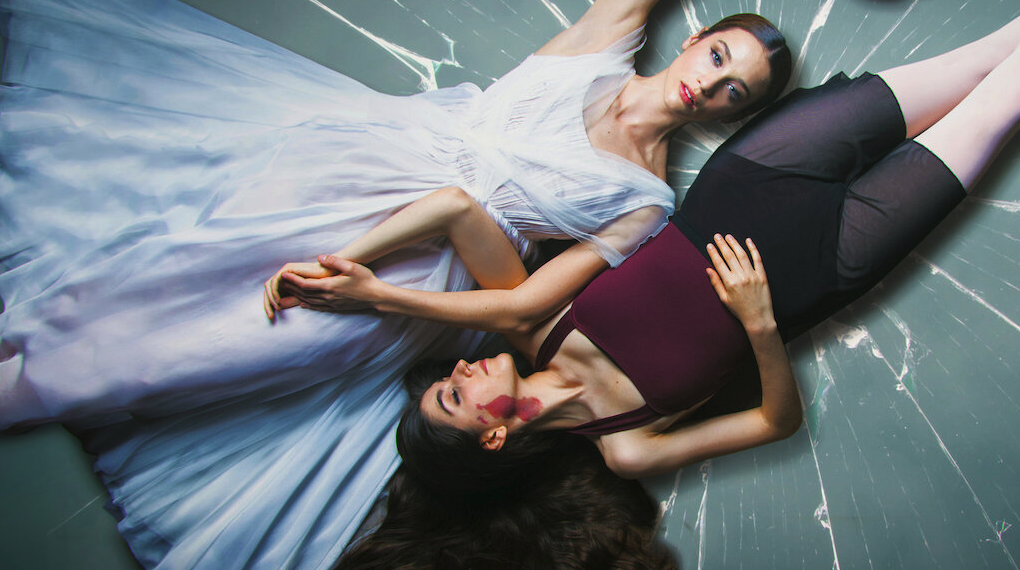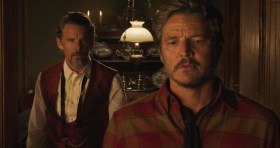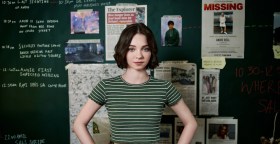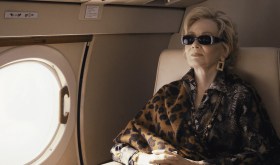Netflix has commissioned more than ten new dance movies over the past year. The ballet-focused Dancing on Glass is the most recent, directed by Jota Linares and produced in Spain this year. So what’s the enduring appeal of ballet on screen – and is this genre in any way representative of real life?
The Red Shoes (1948) is widely regarded as the film that made the genre. It follows the story of Victoria Page (played by Moira Shearer) a Hans Christian Andersen fairy tale ballerina who joins the world-renowned Ballet Lermontov, named after the ballet master, who tests her dedication by making her choose between her career and love, ultimately dancing herself to death. The director, Michael Powell, said himself that the central theme of the film was ‘about dying for art … that art is worth dying for’.
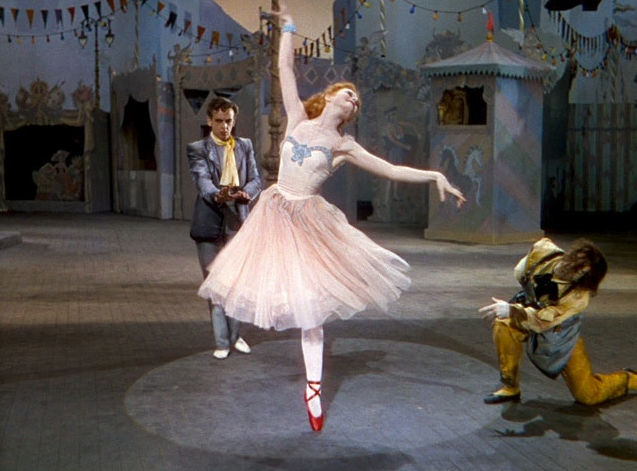
This cliché has been perpetuated – but it’s also from a bygone era. How is the genre evolving? Are ballet dancer’s voices and bodies being authentically represented in these films? Or does the ballet film still reify historical imbalances in the industry towards body fascism and poor mental health? What about the agency of the (overwhelmingly) female protagonists? The representation of diverse dancing bodies: anti-racism, anti-classism, LGBT+?
As Joan Acocella states in her 2004 essay in The New York Review, ballet films often hold together a set of widely held assumptions about the industry, some of which are true, but threaten to homogenise the experience of ballet dancers.
‘To wit: Ballet dancers are obsessed, and their lives are anguish.’ she writes. Furthermore, she adds, audiences mostly learn about ballet from the movies, so ballet films may be responsible for the propagation of these potentially reductive tropes.
And so, to Dancing on Glass.
The film follows the relationship between two female ballet dancers, Irene (Maria Pedraza) and Aurora (Paula Losada), as they vie to win top roles in a new ballet company production and fall into a parallel world of fantasy and escape together. Irene is given the principal role in the ballet Giselle and is bullied by envious company members.
When she meets Aurora, she learns to escape from perfectionism and self-doubt into a world of fantasy and self- expression. Irene is beleaguered by a strict company ballet mistress constantly pushing her to breaking point physically and mentally, while Aurora is pressured by her former ballerina mother, who lives vicariously through her daughter.
As is the progression with many ballet films, which share features of the horror genre, the scenario becomes increasingly ominous until the opening night of the ballet where a macabre scenario unfolds. What saves this film from triteness is the dancing, especially the scintillatingly dreamy scene of Irene and Aurora dancing across a lake. Maria Pedraza, a trained ballet dancer as well as actor, is exceptionally graceful and impassioned in her dancing, a delight to witness.
Yet the film essentially echoes Darren Aronofsky’s Black Swan (2010) with its gothic, unnerving undertones and its hackneyed script: ‘Art must be an obsession otherwise it’s not art, its entertainment …’ and so on.
But the exploration of the connection between Aurora and Irene arguably goes beyond the obvious envy and competition of equivalent characters in Black Swan. We are reminded by Irene that: ‘Giselle is a woman who spirals into madness and death because of a man’s betrayal’, exposing the patriarchy inherent in ballet’s inception, since its Bourgeois beginnings in 1830s European theatres, as ballet historians such as Lyn Garafola have explored.
What will we do to redress this metanarrative now? Will we welcome increasingly diverse ballet dancers onto the silver screen and give them more than two-dimensional characters and formulaic plotlines? I hope so.
The ballet industry is at long last undergoing a perceptible reckoning, as abusive mentors and teachers (who would previously be seen as ‘tough-love’ and par for the course) have been flung out of schools; roles in classical ballets are becoming increasingly diversely cast (in terms of gender and ethnicity) and dancers are asking for more welfare rights, requesting injury support and paid maternity leave programs.
It is time that this was reflected in ballet films at least some of the time, if cinema truly can be a looking glass for society. Because if, as Acocella says, ‘people know about ballet from the movies’, it’s important that they know the full, evolving story. ‘Ballet film’, with all its artistic potential, shouldn’t just become a museum piece genre, replete with, as Adrienne McLean terms it, ‘dying swans and madmen’.
Dancing on Glass is currently streaming on Netflix.
